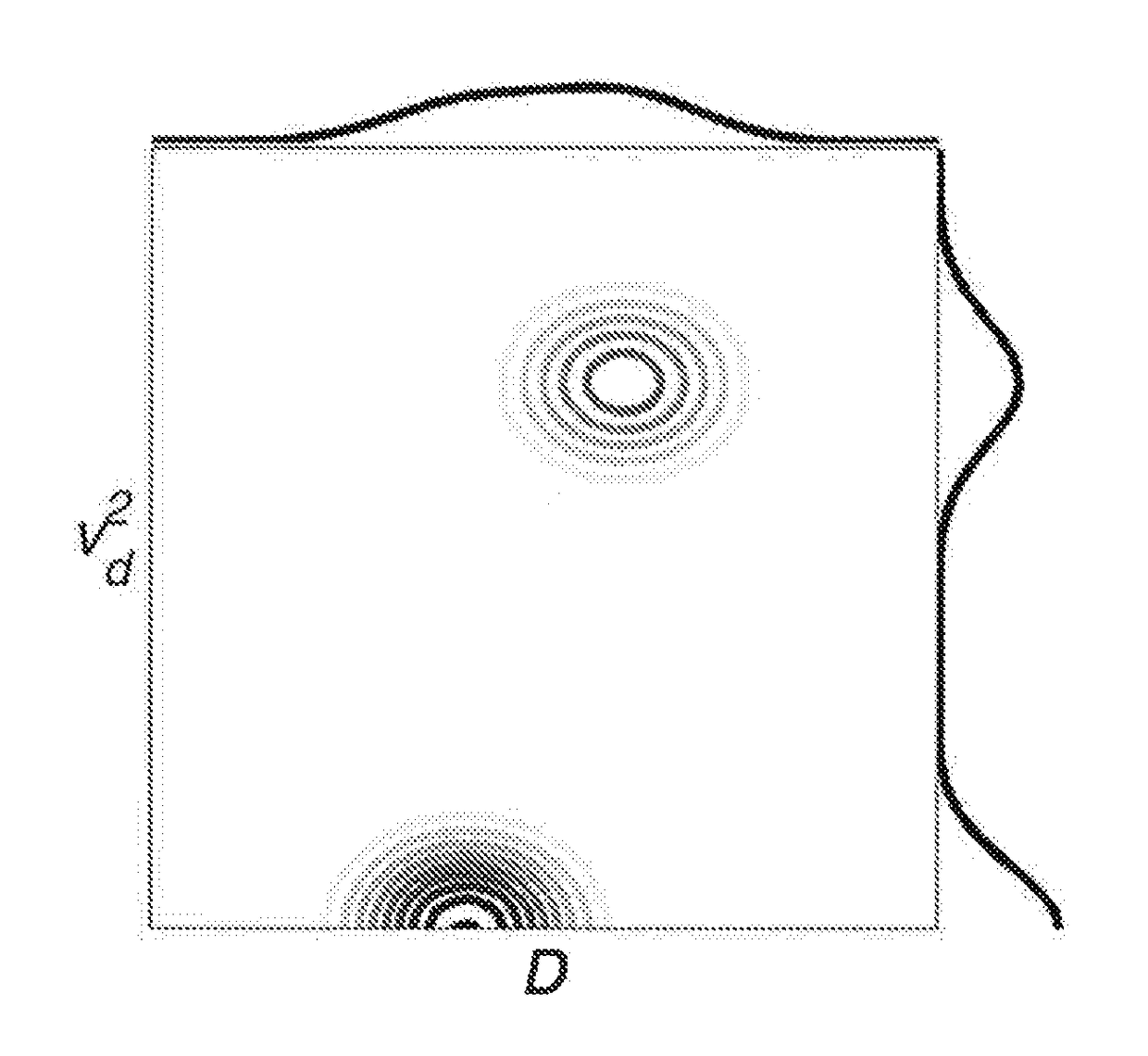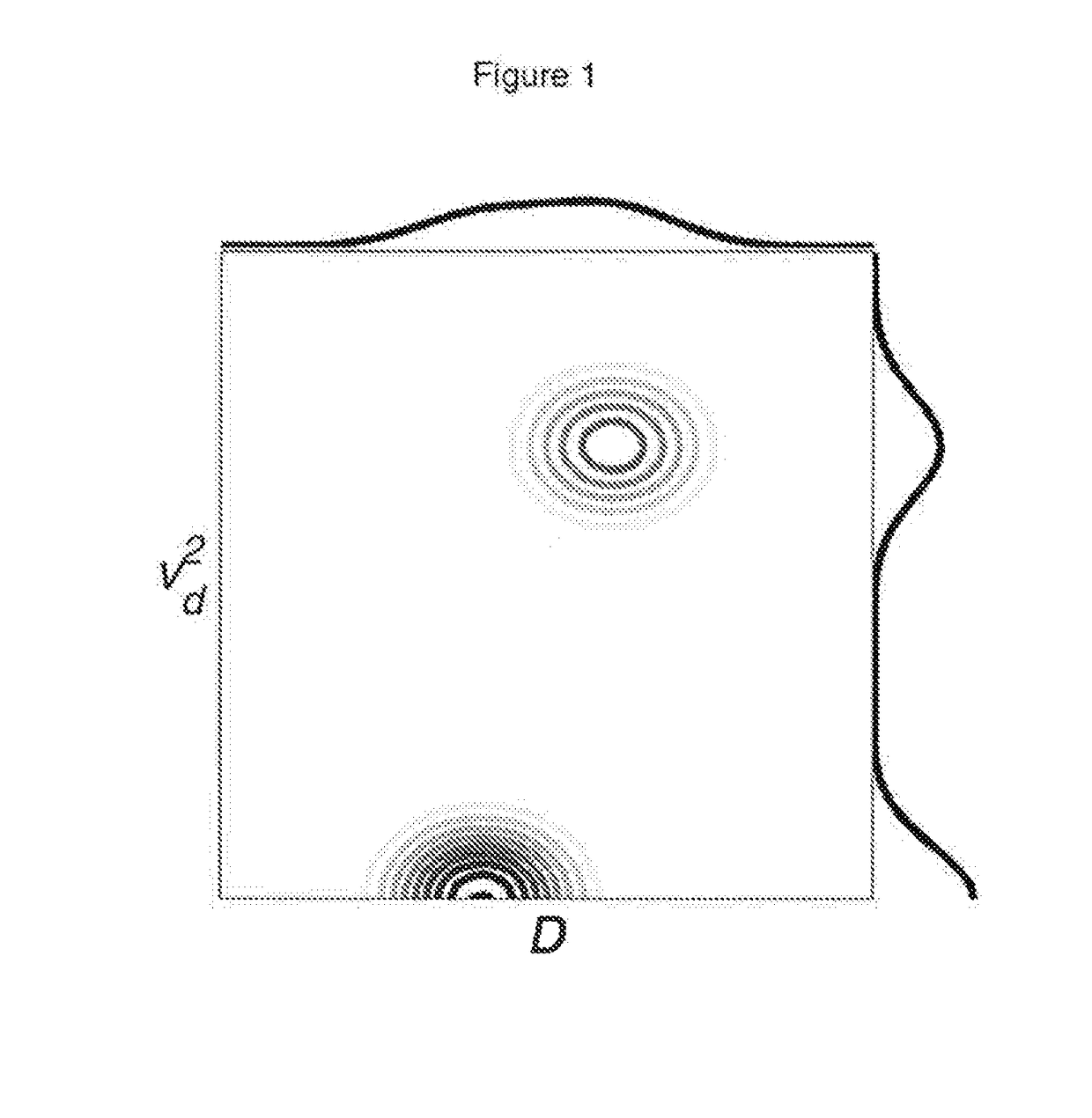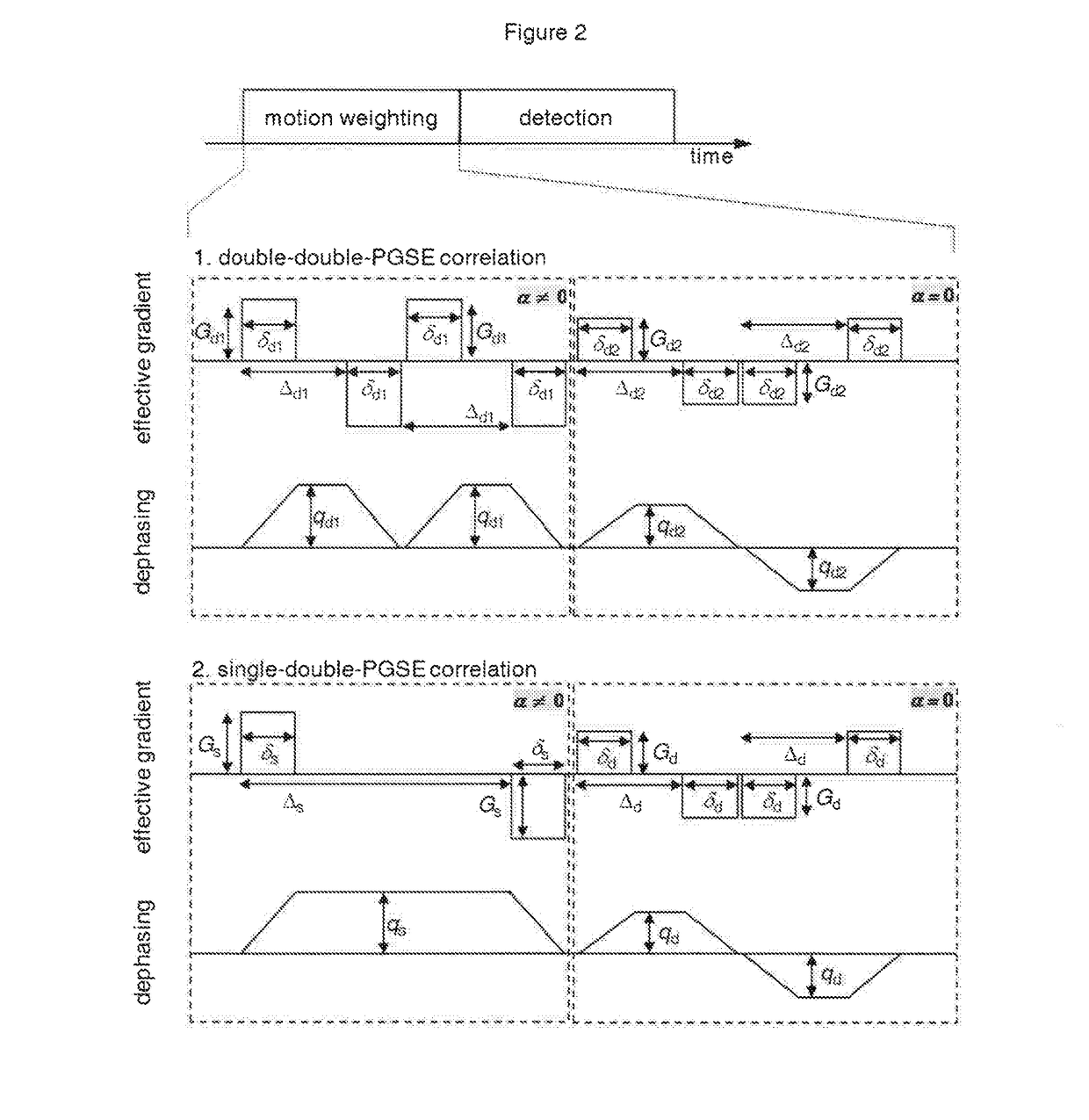Quantification of the relative amount of water in the tissue microcapillary network
a microcapillary network and relative amount technology, applied in the field of tissue microcapillary network relative amount of water, can solve the problems of hampered analysis, low image signal-to-noise ratio (snr) to accurately quantify pathologically induced changes of intravascular fractions, and widespread clinical use of potentially informative perfusion parameters, so as to achieve more robust quantification
- Summary
- Abstract
- Description
- Claims
- Application Information
AI Technical Summary
Benefits of technology
Problems solved by technology
Method used
Image
Examples
Embodiment Construction
[0021]Perfusion of blood in tissue is a significant physiological parameter. Vascular blood volume and flow velocity are well established as indicative parameters in tumor diagnosis and therapy. Despite a lot of effort, non-invasive methods for probing perfusion are very slowly paving their ground against clinically valuable but invasive methods like MRI methods based on paramagnetic contrast agents or methods which, for example, make use of radioactive tracers (9). The non-invasive diffusion based methods are very promising but have so far not proven adequate in routine clinical practice due to their inordinate sensitivity to noise. It has been shown that the effects of randomly oriented flow contribute to the signal attenuation in ordinary diffusion experiments (6-8). Consequently, the effects of random flow can be observed as superimposed on the molecular diffusion effects, resulting in bi-exponential signal attenuation (1). This effect, known as the “intravoxel incoherent motion...
PUM
 Login to View More
Login to View More Abstract
Description
Claims
Application Information
 Login to View More
Login to View More - R&D
- Intellectual Property
- Life Sciences
- Materials
- Tech Scout
- Unparalleled Data Quality
- Higher Quality Content
- 60% Fewer Hallucinations
Browse by: Latest US Patents, China's latest patents, Technical Efficacy Thesaurus, Application Domain, Technology Topic, Popular Technical Reports.
© 2025 PatSnap. All rights reserved.Legal|Privacy policy|Modern Slavery Act Transparency Statement|Sitemap|About US| Contact US: help@patsnap.com



